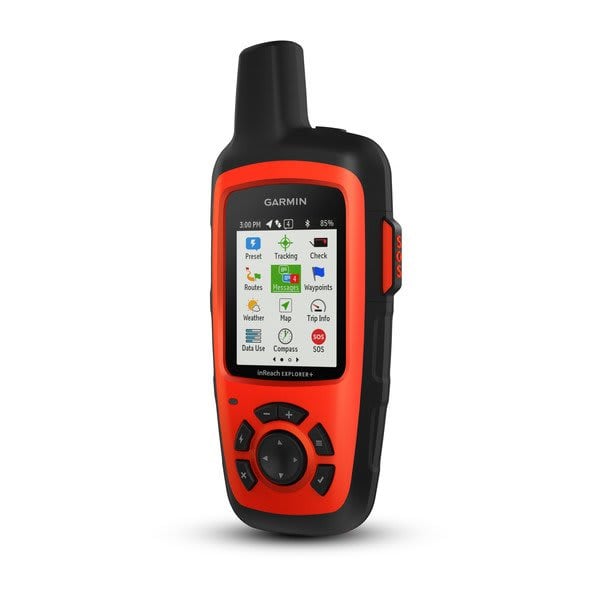In my mountaineering days - mostly before cell phones - I helped out with a few rescues. One was a broken femur, way the hell out in nowhere, and we improvised a splint from tree branches, and a litter from a pair of saplings and someone's tent footprint. (Several Swiss army knives were up for replacement after that, I suspect.)
In all my other outdoor adventures (running, mountain biking, hunting, hiking, etc.) I've never needed anything out of my first aid kit other than blister/splinter/bug bite management, and have gotten to the point where I have one kit easily available, and another buried deep down at the bottom of the pack. The buried one contains the "usual" stuff like big bandages, CPR mask, etc., and the accessible one carries things like Band-Aids, tweezers, duct tape, ibuprofen, and toilet paper. The accessible one comes out on maybe 25% of my trips, and the buried one only comes out when it's on top of something else I need - and now that most of my "adventures" involve running or otherwise moving very quickly through the mountains, I've tended to leave the buried one off the packing list entirely.
In this modern age, I now always have some form of communication device with me when in the backcountry. I have been in a few situations where that would have been very useful, but there always has been someone else there first, so I never have used any of them for that purpose. I have been very tempted to buy something like a SPOT GPS device, but have been stopped by the idea of paying for a subscription I am pretty unlikely to ever need.





